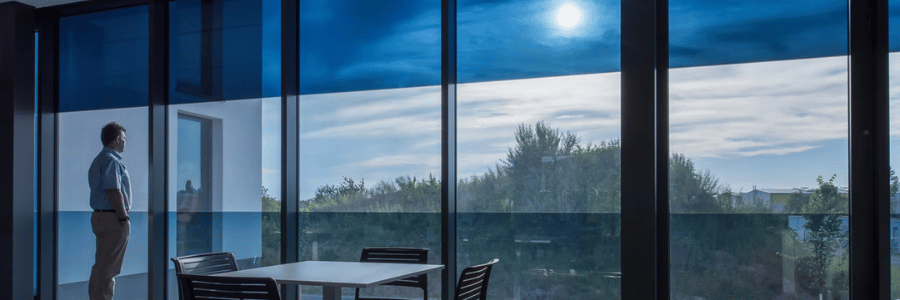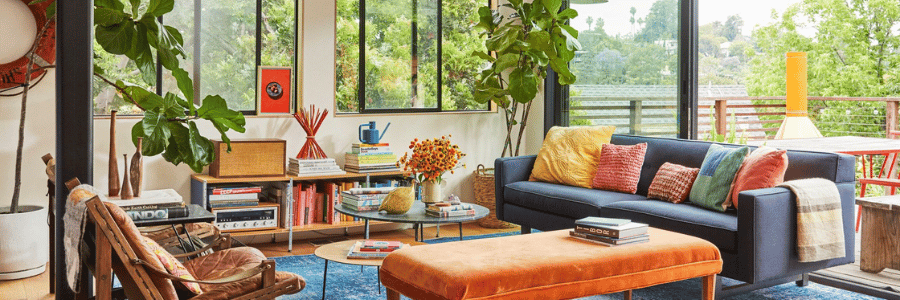In today’s world of innovative design, technology is revolutionizing how we interact with the spaces around us. One of the most exciting advancements in modern architecture and home décor is the emergence of color-changing windows. These windows have the ability to alter their hue depending on various factors such as temperature, time of day, or user preferences. This groundbreaking technology is transforming the way homeowners experience light, ambiance, and even their mood within their homes. Here’s an exploration of the technology behind these mood-enhancing glass windows and how they can elevate the atmosphere of any space.
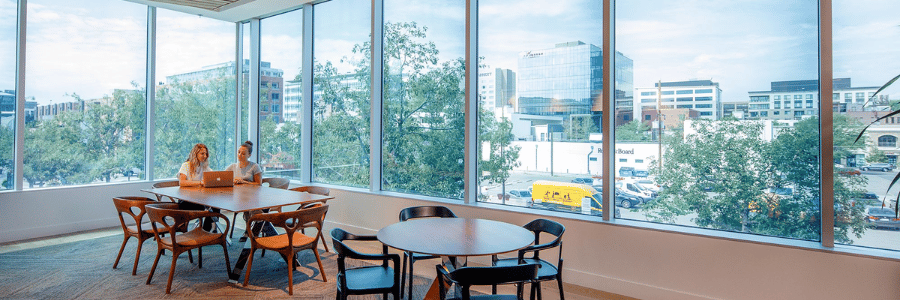
What Are Color-Changing Windows?
Color-changing windows are an exciting advancement in architectural glass technology that allows windows to change their color or tint based on specific factors like external light, temperature, or user control. These windows typically use electrochromic or photochromic technology, enabling them to react to environmental changes and offer dynamic control over natural light and privacy.
Electrochromic windows can change color or tint when an electrical current is applied, while photochromic windows adjust in response to changes in light intensity. By controlling the level of tint or hue, color-changing windows provide enhanced flexibility in managing light, temperature, and the overall atmosphere of a room.
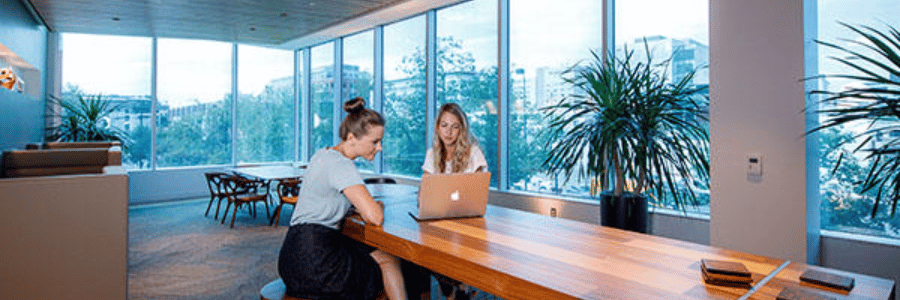
The Technology Behind Color-Changing Windows
The core technology behind color-changing windows lies in smart glass. Smart glass is made of multiple layers of materials, often including a transparent conductive film, a metal oxide coating, and an electrochromic layer. When an electrical current is applied to the electrochromic layer, it causes the window to change color or tint, providing varying degrees of transparency.
Here are some of the key technologies behind these innovative windows:
1. Electrochromic Technology
Electrochromic windows use a layer of electrochromic material that can change its color or opacity when an electric charge is applied. This layer is typically sandwiched between two conductive layers of glass. The electrochromic material contains metal oxide coatings that, when activated, change the glass’s tint. The process is reversible, allowing the window to return to its clear state once the current is turned off.
With electrochromic windows, you can control the amount of light and heat entering a space, providing comfort and energy efficiency. These windows are often used in both residential and commercial buildings to manage sunlight, reduce glare, and optimize thermal performance.
2. Photochromic Technology
Photochromic windows, also known as “sunglasses windows,” change color in response to ultraviolet (UV) light. This technology uses organic or inorganic compounds that react to UV rays by changing the molecular structure of the glass. When UV light hits the window, it triggers a chemical reaction that causes the glass to darken or change hue. The window gradually returns to its clear state once the UV light is no longer present.
While photochromic windows are commonly used in eyewear and automotive glass, the technology is making its way into home windows, offering dynamic light control throughout the day. These windows automatically adjust to changing sunlight, helping to maintain a consistent interior temperature and ambiance.

3. Thermochromic Technology
Thermochromic windows change color in response to temperature changes. This technology is based on liquid crystal or organic polymer materials that alter their molecular structure in response to heat. When the temperature rises or drops, the liquid crystals in the material shift, causing the glass to change color or opacity.
In practical terms, thermochromic windows can help regulate the internal climate of a building. During the summer months, these windows may darken to block out excess heat from the sun, and in the winter, they may become clearer to allow more sunlight to warm the space. Thermochromic windows enhance energy efficiency by responding to external weather conditions.

How Color-Changing Windows Enhance Home Ambiance
Color-changing windows offer homeowners an innovative way to manipulate the lighting, mood, and energy efficiency of their living spaces. Here’s how these windows can enhance the ambiance in your home:
1. Control Over Light and Glare
Natural light plays a huge role in shaping the atmosphere of a room. Color-changing windows allow you to adjust the amount of light entering your home by changing the tint of the glass, reducing glare, and creating a softer, more diffused lighting effect. Whether you want to block harsh sunlight during midday or allow in more light during darker hours, these windows give you complete control.
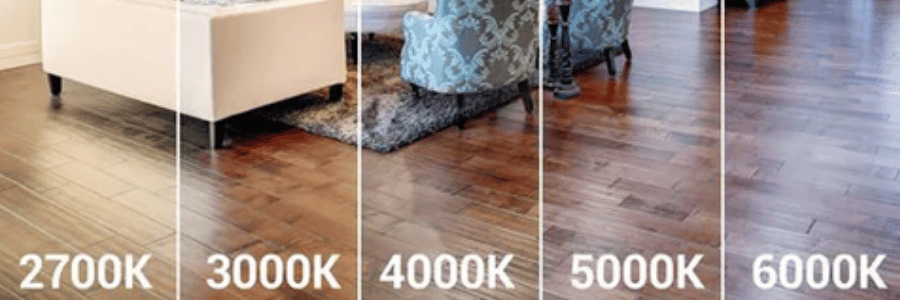
2. Mood-Enhancing Colors
Beyond light control, color-changing windows also offer the ability to transform the mood of a room by altering the color of the glass. The windows can shift from clear to tinted hues like soft blues, warm amber, or even deeper shades of gray. The colors can influence the ambiance of a space, adding a sense of calm or coziness when needed or providing a vibrant, energetic feel with brighter tones.
For example, a room with a warm amber tint can evoke a sense of relaxation and comfort, perfect for unwinding in the evening. On the other hand, a cool blue hue may bring a refreshing and calm atmosphere, ideal for workspaces or bedrooms.
3. Energy Efficiency and Comfort
Another significant benefit of color-changing windows is their ability to improve energy efficiency. By adjusting the tint, these windows can reduce heat transfer and prevent solar heat gain, keeping your home more comfortable year-round. During warmer months, the windows can darken to block out excess heat, and in the winter, they can allow more sunlight to warm your space.
This flexibility in light and heat control can help reduce reliance on artificial lighting and heating or cooling systems, contributing to lower energy bills and a more eco-friendly home.
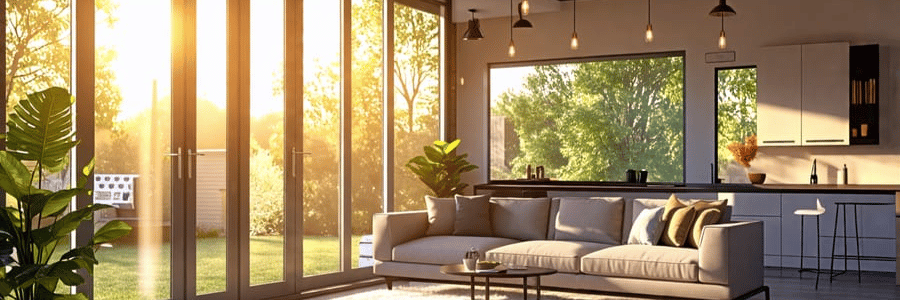
4. Privacy Without Compromising Natural Light
Color-changing windows can also offer enhanced privacy. As the windows change color or opacity, they can obscure the view into your home, protecting your privacy without sacrificing natural light. Whether you’re trying to block the view from a busy street or simply want to enjoy more seclusion at home, these windows provide an elegant solution.

Practical Applications of Color-Changing Windows
Color-changing windows are becoming increasingly popular in both residential and commercial spaces. Some of the most common applications include:
- Living Rooms and Bedrooms: Create a dynamic living environment where natural light and mood can be adjusted to suit your needs, enhancing relaxation and comfort.
- Skylights: Use color-changing glass in skylights to control the amount of sunlight entering your home from above, reducing glare and heat build-up.
- Offices and Workspaces: Adjust the ambiance in workspaces for optimal productivity or relaxation, depending on the time of day or specific task.
- Commercial Buildings: From retail stores to restaurants, color-changing windows provide an innovative way to attract attention, control light levels, and maintain a comfortable indoor climate.

Conclusion
Color-changing windows represent the future of smart home design, offering unparalleled flexibility in controlling light, mood, and energy efficiency. Whether through electrochromic, photochromic, or thermochromic technologies, these windows allow homeowners to tailor their environment to their preferences in a way that was once impossible. By transforming the way we interact with light and space, color-changing windows can elevate the ambiance of any home while contributing to energy savings and comfort.

